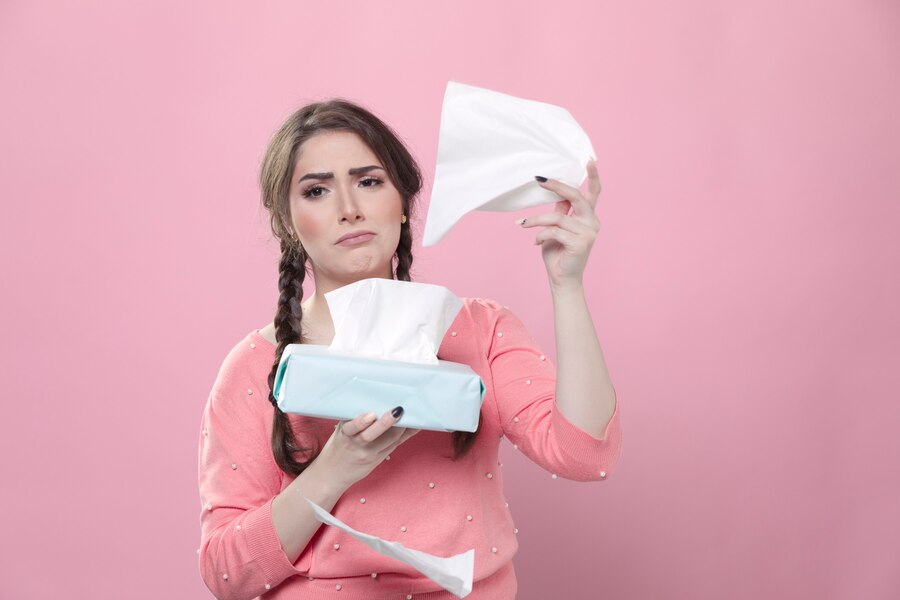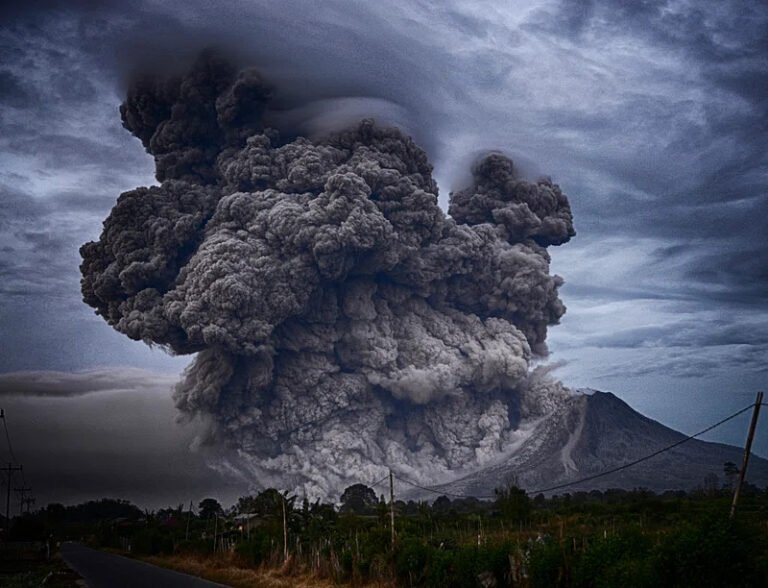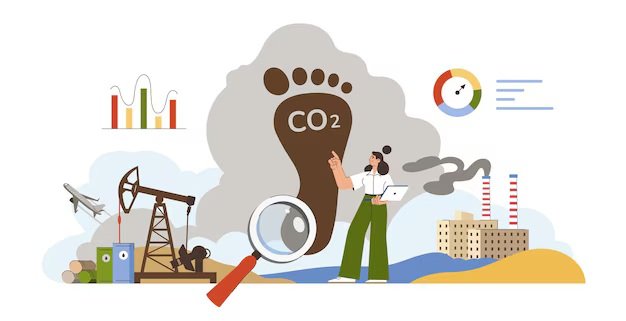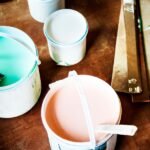Are Biodegradable Wipes Flushable?
Sustainability is on everyone’s mind these days. From reusable grocery bags to eco-friendly products, many of us are trying to make choices that help the planet. But when it comes to something as simple as biodegradable wipes, the questions start to pile up. Are they actually better for the environment? And more importantly, can you flush them without worrying about clogged pipes or harming the planet?
It’s not a simple yes or no. A 2023 research study shows that even wipes labelled “flushable” can cause major plumbing issues and environmental harm. Meanwhile, biodegradable options, though better, often take weeks to break down, not exactly ideal for your plumbing.
To complicate things further, misleading labels make it hard for consumers to know what’s safe. Terms like “biodegradable” and “flushable” aren’t always backed by clear standards. And when wipes mix with grease and debris in sewers, they create “fatbergs,” massive blockages costing cities millions to remove.
This guide dives into the science, real-world stories, and expert advice to answer the big question: What’s the best way to use and dispose of biodegradable wipes responsibly? Let’s find out.

In This Article
- What Are Biodegradable Wipes?
- What Does Flushable Really Mean?
- Why Biodegradable Doesn’t Always Mean Flushable
- The Real-World Impact of Flushing Wipes
- Scientific Studies: Do Biodegradable Wipes Break Down?
- The Environmental Perspective: Why Flushed Wipes Are a Problem
- How to Dispose of Biodegradable Wipes Responsibly
- Case Study: How Wet Wipes Are Costing Toronto Millions
- Actionable Advice for Consumers
- Conclusion
What Are Biodegradable Wipes?
Biodegradable wipes are designed to break down naturally over time. This means they’re made with materials that decompose when exposed to the right environmental conditions, unlike traditional wipes, which often stick around for decades in landfills.
So, what are these eco-friendly alternatives made of? The magic lies in their materials:
- Plant-based fibres like bamboo or cotton are renewable and decompose relatively quickly.
- Wood pulp-derived fibres, a by-product of sustainably harvested trees, are often certified by organisations like the Forest Stewardship Council (FSC).
- Compostable polymers such as polylactic acid (PLA) are a material derived from corn or sugarcane that’s engineered to break down under composting conditions.
These materials are great steps toward reducing our environmental footprint. The marketing for biodegradable wipes often claims they break down faster than regular wipes, making them a more eco-friendly choice. But here’s where things get tricky: a 2023 study suggests that just because a wipe is biodegradable doesn’t necessarily mean it’s safe to flush. Let’s talk about why.
What Does Flushable Really Mean?
The term “flushable” might seem straightforward, but it’s often more about marketing than actual science. For a wipe to truly be flushable, it must meet strict standards set by organisations like the International Water Services Flushability Group (IWSFG). These standards include the ability to:
- Disperse in water quickly.
- Pass through sewage systems without clogging pipes.
- Break down entirely by the time it reaches wastewater treatment plants.
Unfortunately, many wipes labelled “flushable” don’t live up to these criteria. A 2020 report by the UK’s Water Research Centre revealed that a staggering 93% of sewer blockages involved non-flushable items, and wipes were a major culprit. This includes wet wipes marketed as flushable, which often fail to break down as promised.
Learn More: Green Alternatives to Septic Systems
Why Biodegradable Doesn’t Always Mean Flushable
The confusion between biodegradable and flushable comes down to where and how these products break down. Biodegradable wipes are designed to decompose in conditions like soil or compost, where microbes, heat, and moisture can work their magic. However, sewer systems aren’t designed to replicate those conditions. Instead, flushed wipes can:
- Tangle together and clog pipes.
- Combine with fats, oils, and grease to create massive blockages, often called fatbergs.
- End up in rivers, lakes, and oceans if they bypass wastewater treatment plants.
Biodegradable vs. Flushable: The Key Differences
| Feature | Biodegradable Wipes | Flushable Wipes |
|---|---|---|
| Primary Purpose | Environmentally friendly waste disposal | Sewer-safe disposal |
| Breakdown Process | Requires composting or natural conditions | Disperses in water quickly |
| Materials | Plant-based or compostable fibers | Plant-based or compostable fibres |
Biodegradable wipes are designed to decompose in soil or compost but may not break apart quickly in water, leading to potential blockages.
The Real-World Impact of Flushing Wipes
Many of us want to make environmentally friendly choices, and biodegradable wipes seem like a step in the right direction. But what happens when we trust labels that claim these wipes are “flushable”?
A Costly Lesson: Sarah’s Plumbing Nightmare
Take Sarah’s story, for example. She’s a mom of two living in Chicago who made the switch to biodegradable wipes, thinking she was helping the planet. The packaging proudly declared the wipes were “flushable,” so she thought nothing of it. Flushing them seemed convenient and aligned with her eco-friendly values.
But just two months later, Sarah’s family was hit with an unexpected problem. One morning, their toilet backed up, and no amount of plunging could fix it. The situation escalated to the point where they had to call in a plumber. After an inspection, the plumber delivered the bad news: the so-called “flushable” wipes had clogged the pipes. The family ended up with a $500 repair bill and a strong lesson about the dangers of flushing wipes.
Expert Perspective: Why Wipes Don’t Break Down
Sarah’s story isn’t unique. Dr. Emily Carter, an engineer with years of experience, explains why this happens:
“The term ‘flushable’ is often misleading. Many wipes can pass the initial flush but fail to break down quickly enough in the sewer system. Once there, they can mix with fats, oils, and grease, creating massive blockages known as ‘fatbergs.’”
One of the most infamous examples of this is the London fatberg of 2017. Weighing 130 tons and stretching over 800 feet, it was a monstrous blockage made up of wipes, cooking grease, and other debris. Removing it took weeks of effort and cost the city thousands of pounds. Fatbergs like this aren’t just an inconvenience; they pose serious challenges to urban wastewater systems worldwide.
Scientific Studies: Do Biodegradable Wipes Break Down?
Researchers have been putting these wipes to the test to see how well they actually break down, especially when flushed down the toilet.
2021 Study by the National Association of Clean Water Agencies (NACWA)
In one key study, NACWA found that only 2 out of 10 wipes labelled as “flushable” actually passed tests designed to measure their flushability. That means the majority of these wipes didn’t break apart properly in water, posing a risk to plumbing and sewer systems. It’s a sobering reminder that marketing claims don’t always align with reality.
2019 Consumer Reports Analysis
Another study by Consumer Reports looked at how long biodegradable wipes take to decompose. In a controlled environment—designed to mimic ideal composting conditions—it took an average of six weeks for these wipes to break down. While this is faster than regular wipes, it’s still much slower than what’s needed to prevent problems in wastewater systems.
Water UK’s “Fine to Flush” Standard
Recognising the confusion around wipe labels, Water UK introduced the “Fine to Flush” certification. Wipes with this label have been independently tested to ensure they truly disperse in water and won’t cause blockages. If you’re considering flushable wipes, look for this logo to make a safer choice.
Learn More: Are Orbeez Biodegradable? Understanding Their Environmental Impact and Sustainable Alternatives
The Environmental Perspective: Why Flushed Wipes Are a Problem
When we think about protecting the planet, flushing wipes might seem like a small thing. After all, they disappear from sight quickly. But the truth is, whether a wipe is labelled “biodegradable” or not, flushing it can cause serious harm to our ecosystems.
Here’s why it matters. Once flushed, wipes don’t just vanish. They often escape sewage systems and end up in rivers, lakes, and oceans. Synthetic wipes, which contain plastic, are particularly problematic because they don’t break down. Instead, they fragment into tiny pieces called microplastics that persist in the environment for decades.
According to a 2020 survey and a 2024 study published in Cleaner Materials, over 100,000 marine animals die each year because of plastic pollution. This includes creatures like sea turtles, which can mistake floating wipes for jellyfish, and seabirds that inadvertently feed on microplastics. Even biodegradable wipes, while better in theory, can’t save the day if they’re flushed. These wipes take time to break down, and in the wrong conditions—like water—they may persist long enough to cause harm.
It’s not just wildlife at risk. When wipes clog waterways, they contribute to the buildup of larger debris piles, known as “fatbergs,” made up of grease, wipes, and other non-flushable items. Fatbergs can block entire sewer systems, leading to overflows that pollute nearby land and water. These blockages require expensive clean-up efforts and put further strain on the environment.
Let’s not overlook the ripple effect on humans. Polluted water isn’t just an environmental issue; it’s a health issue. Contaminated rivers and oceans can disrupt fishing industries and affect communities that rely on clean water for survival.
The good news? We can make a difference. By properly disposing of wipes in the trash instead of the toilet, we prevent them from entering waterways in the first place. If you’re looking for an even greener option, compostable wipes (used correctly) or reusable cloth alternatives are great choices. Small decisions, like being mindful of what we flush, have a massive impact on protecting our planet and its precious ecosystems.
So, next time you’re tempted to flush a wipe, pause and think of the sea turtles, the rivers, and even your local sewer system. A little thoughtfulness goes a long way.
How to Dispose of Biodegradable Wipes Responsibly
Figuring out how to dispose of biodegradable wipes properly can feel confusing, but it’s simpler than you think. The key is understanding what your wipes are made for. Start by checking the label. If it says “Compostable” or has a “Fine to Flush” certification, you’ve got some clarity. These labels mean the product has been tested to meet certain environmental standards.
If your wipes are compostable, great! Add them to your compost bin where they can naturally break down and turn into nutrient-rich soil. This is an easy and eco-friendly option for wipes designed with composting in mind.
But let’s face it, not all wipes are labelled clearly. When in doubt, it’s best to toss them in the trash. It may not feel like the most eco-conscious choice, but it’s far better than risking a clogged sewer or damaging your local wastewater system. Flushed wipes, even biodegradable ones, often don’t break down fast enough in water, leading to blockages.
Remember, small actions like mindful disposal are the beginning of an eco-friendly environment. By throwing wipes in the trash or composting when possible, you’re taking a step toward protecting both your plumbing and the environment.
Case Study: How Wet Wipes Are Costing Toronto Millions
In Toronto, the city spends more than $3.5 million every year dealing with sewer blockages caused mainly by non-flushable items like wet wipes. This isn’t just a nuisance; it’s a serious and expensive problem, and guess who pays for it? That’s right – taxpayers.
Take a closer look at the numbers:
- 2018: Toronto shelled out $8.5 million to address clogged sewer systems.
- 2021: The costs climbed to $10 million, with wet wipes identified as a leading culprit.
The issue lies in how wipes behave after being flushed. Unlike toilet paper, which disintegrates quickly in water, wipes tend to stay intact. They accumulate in pipes, mix with fats and grease, and create massive blockages known as “fatbergs.” These blockages not only disrupt water services but also require specialised equipment and manpower to remove.
Educating the public about responsible disposal is essential to solving this problem. Small changes, like tossing wipes in the trash instead of flushing them, can save millions of dollars and protect Toronto’s infrastructure. Let’s be part of the solution.
Actionable Advice for Consumers
Let’s be real: navigating the world of “flushable” and biodegradable wipes can feel like a minefield. Here’s how you can make smarter, more eco-friendly choices without losing your sanity:
- Avoid Misleading Marketing: Packaging can be tricky. Just because something says “flushable” doesn’t mean it won’t clog your pipes or harm the environment. Look for certifications like “Fine to Flush” to be sure it’s truly sewer-safe.
- Educate Your Family: Kids, partners, and roommates might not know the risks of flushing wipes. Take a moment to explain why they shouldn’t toss wipes down the toilet. Keep a small bin in the bathroom for easy disposal and lead by example.
- Support Sustainable Brands: Look for companies that are upfront about their environmental impact. Check for transparent labelling and third-party certifications. Your dollars have power – use them to support brands that prioritise the planet.
- Invest in Alternatives: If you’re ready for a long-term solution, consider reusable clothes or a bidet. They’re not only better for the environment but can save you money in the long run.
Conclusion
While biodegradable wipes are a step in the right direction for sustainability, they’re not necessarily flushable. Flushing any kind of wipes can lead to personal plumbing issues, environmental damage, and municipal costs. To truly minimise your impact:
- Dispose of wipes thoughtfully.
- Prioritise reusable or certified “Fine to Flush” options.
- Advocate for clearer labelling and better consumer education.
Remember, small changes in our daily habits can lead to significant positive impacts on the environment and our communities.







